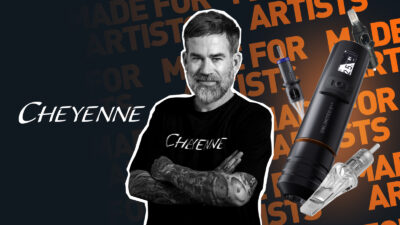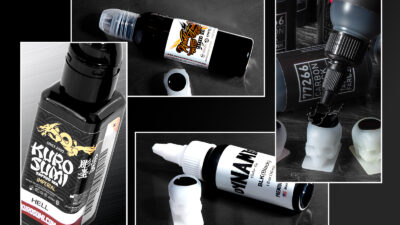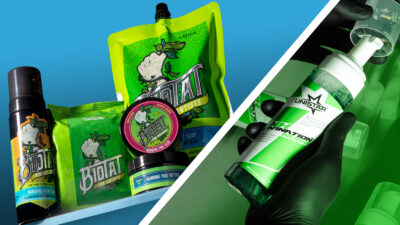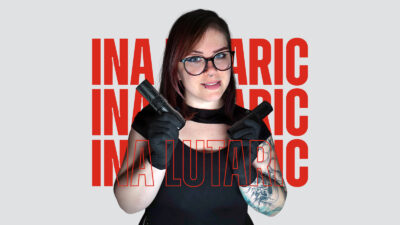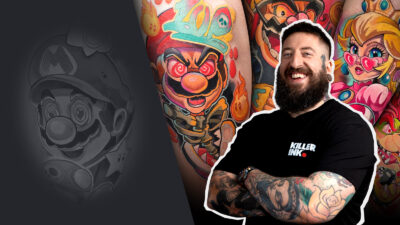Musotoku is the company behind some of the most robust and reliable power supplies on the market today.
We interviewed founder David Barroso, the inventor of the Musotoku power supply, about his life, inspirations, and what sets his inventions apart.
What was your life like before starting Musotoku?
Before starting Musotoku, I was working on projects for military avionics, high-speed trains and helicopter satellites. I had a great time; I think I have been very lucky to be able to work in some of the best technology companies, surrounded by brilliant and inspiring people.
Your childhood hero was Data from The Goonies - what drew you to him, and do you think you’re like him?
I felt the calling to dedicate myself to technology when I was only six years old. My parents sent me to a summer camp and during the bus trip I was only thinking about how to survive among the other 100 children with whom I was going to share the next 15 days. To my surprise, it turned out that I was the only one who knew how to fix flashlights, so I was made the official camp technician from day one. I remember that camp as a wonderful experience in which I felt useful and necessary for 100 children who ended up being my friends.
A few years later I went to see The Goonies in the cinema, and Data, the kid inventor of gadgets, became my hero instantly. My vocation was solidified in this character, and for me there was no other hero who could replace him.
Although I have been an engineer for 20 years, I did not really feel like an inventor until I sold the first Musotoku at the Barcelona convention in 2015. When I arrived home after that magical day, I suddenly found myself thinking about The Goonies, Data, and the flashlights that my father taught me to fix when I was six years old. I was surprised to realise what had driven me, and how I had gotten to where I was at that precise moment by joining all those points.
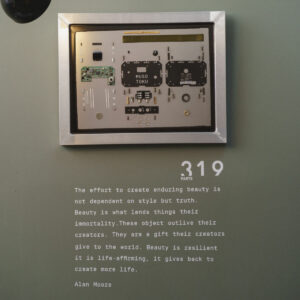
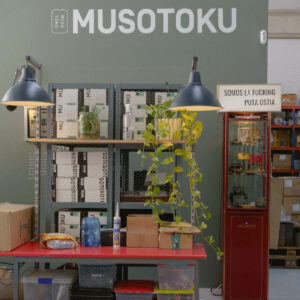
What problem were you trying to solve with the Musotoku?
Most technical tattoo supply companies are founded and run by artists, which makes a lot of sense because an artist knows best what another artist needs. We can also see that the tattoo community is progressively asking for more and more advanced systems such as batteries, or more reliable machines that do not fail.
We as engineers feel very comfortable with these demands because it is our world, and it is the type of work we have been doing our whole lives. There are already great tattoo machines on the market - our challenge now is to improve on them and give artists what they are asking for.
What inspired the name “Musotoku”?
The word Musotoku is found in Zen teachings. It means that the mind should not be attached to anything: do your best without fixing your mind on a specific result. When I learned this word, I became captivated by the concept, both puzzled and awakened because the idea contains a paradox.
I finally realised that the best explanation of this concept was the so-called “state of flow”. I love when I see an artist locked in that trance of flow while working, as if they were meditating during the tattoo. In that moment, they are enjoying what they are doing fully - not worried, not rushed, just being present and focused on the work. That’s Musotoku.
You say on your website that profit isn’t what drives you - so what is?
I often ask myself that question. A project like Musotoku is exciting, and that might be a good answer to the question, but it can also be very exhausting. I don't remember any holidays or weekends in which I haven't been doing something like customer service, often behind my family’s back so they wouldn't scold me. I feel responsible for giving the perfect service and for making sure that the product goes beyond the expectations of our artists.
The second part of the answer is my team, which I take care of, and they take care of me too. Knowing that Musotoku allows a group of six people to make a living from something as beautiful as creating tools for artists is something that makes waking up in the morning worth it.
How did you start designing the Musotoku power supply?
I needed a very specific power supply that I couldn't find on the market, so I started designing it for myself. I was inspired by military equipment like the ones I was working on at the time.
One thing that obsessed me is that it had to be robust and very intuitive to use, like the devices that are in the cabin of an aeroplane. This equipment is designed so that the pilot does not make mistakes in the most stressful situations, such as an emergency landing. For something to be easy to use, it is not enough just to learn it, it is necessary to understand it too. That was my guide during the design.
What did you originally imagine it would be used for?
At the beginning it wasn´t very clear to me, really. I got so excited about my creation that the power supply design got way out of hand. I ended up spending nearly €3,000 on prototypes, which was ridiculous considering it was only going to be used by me. I think it's the most “Musotoku” thing I've done to date: I went into a trance of designing and working without a logical goal that would be worth the investment.
Once finished, I showed it to some friends. One of them worked as a tattoo studio manager, and as soon as he saw the Musotoku power supply, he tried to convince me to adapt it for tattoo artists. He was so enthusiastic about it that it was easy for me to follow his advice. And this is how I decided it would be for tattoos.
How did you choose the right material for your power supply?
After working on aircraft projects for many years, I had a very specific idea of how I should build reliable and powerful equipment. I based my design on aircraft requirements, such as not using electrolytic capacitors, which degrade over time.
Why did you decide to create a power supply with a 3.5 mm jack connector for Cheyenne machines?
At Musotoku, we think that Cheyenne makes some of the best machines on the market, and it is also a brand that has a large group of highly demanding customers. Cheyenne's 3.5 mm jack makes it necessary to use an adapter if you want to use Cheyenne's original cable with a power supply from another brand. We wanted to release a specific power supply with a 3.5 mm jack so that this adapter would not be necessary, and the original Cheyenne cable could be connected easily to a Musotoku.
The adapters have two main problems: the first is that it could be the source for problems and failures, and secondly it increases the total resistance of the cable by the new connections it adds to the entire chain going from the power supply to the machine.
Furthermore, this model has the advantage of also including the standard connector, so it can be used with any other clip cord and coil or rotary machine on the market.
What made you create the new dual output model?
The Dual model is one of the oldest and most asked requests that we have in our Instagram chat from the community.
We know that the work setup of many artists includes two or even more machines with which they are working alternately. This model will cover that need.
We have focused on achieving a handling as simple and intuitive as the one we have in our original model, that artists like so much. The Dual model does not need to be configured and only has a single button that is used to change the channel and activate the machine by pressing continuously. In order to keep the same shape and size, we have had to do without the footswitch input, so the Dual model can only be operated from the panel and cannot be used with a footswitch.
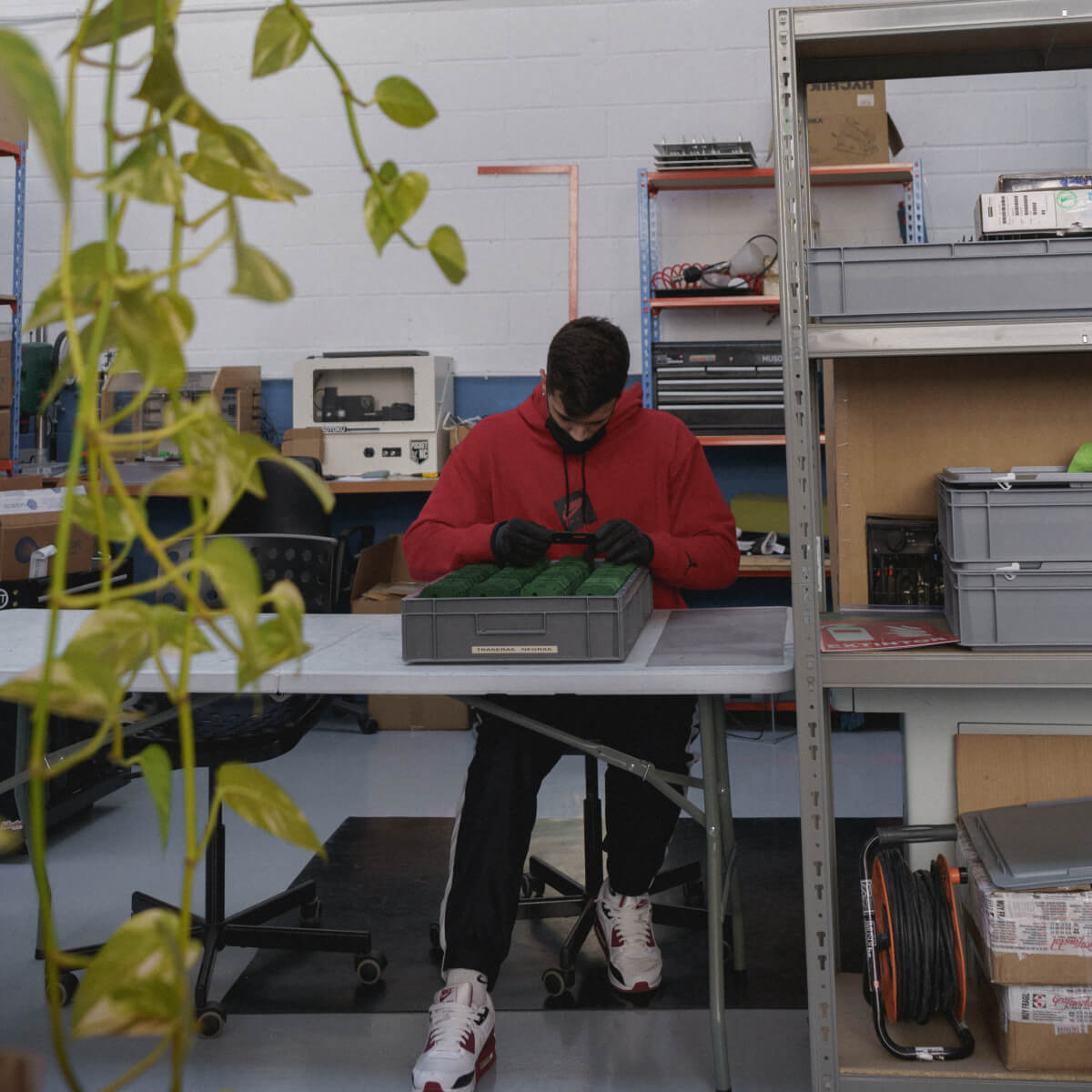
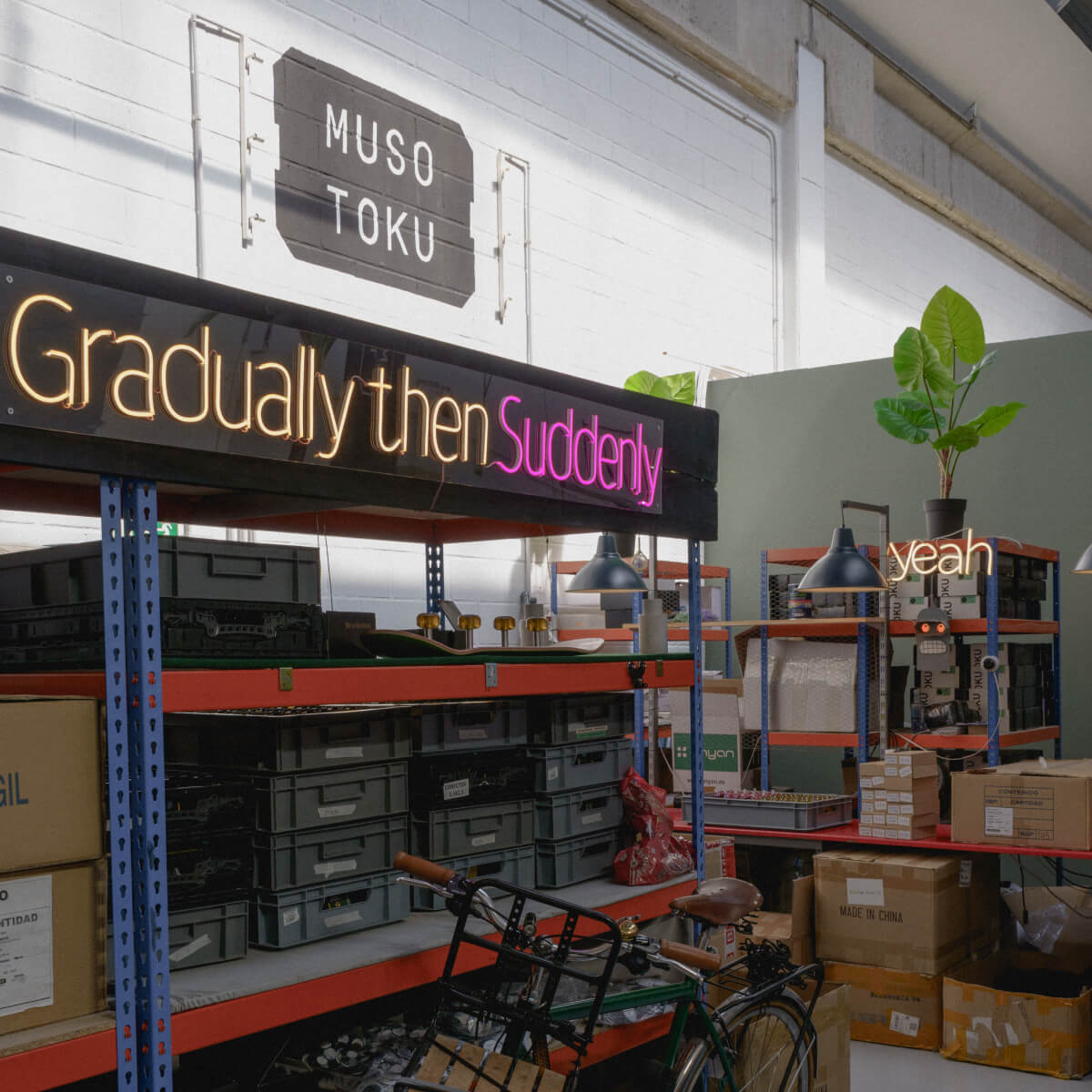
Can you tell us about the NITRO boost and current protection systems?
This is a very interesting question. The NITRO jumpstart is a small power boost given to the machine when it starts to overcome the initial resistance that engines have when they are stopped. We have recently discovered in our laboratory that new machines with brushless motors start differently than brushed motors.
We started looking at the boot process in more detail after getting a query from an artist asking why the NITRO didn't boot his machine most of the time. We thought this was weird, so we wanted to run some tests in our lab. We realised that brushless motors have different starting times and phases than traditional motors, so we designed a new profile that was more efficient and adjusted to these motors, and that at the same time was also compatible with classic motors. The result has been fabulous.
This new NITRO profile also comes with the same protection set at 12.3 V as we had before, since Cheyenne machines cut the power when the voltage is higher than 12.5 V (so 12.3 V is well below the threshold).
The protection in the power supply constantly monitors the consumption of the machine and makes sure it is appropriate so that it doesn’t overheat in the event of an internal problem. If there is a high demand, the power supply detects it, gives a warning, and stops the output.
What makes the new NITRO jump start feature different?
Two things make this new NITRO jump start profile different: firstly, it is more efficient at starting, and secondly, it is more careful with the brushless motor.
After studying brushless motors, we have seen that they need some time to wake up before starting to move, so this new profile takes this peculiarity into account and introduces two different phases in the jump start: a phase to "wake up" the motor and a second phase in which the jump start itself occurs.
On the other hand, after measuring the efforts of the motor during start-up, we have managed to design an acceleration ramp that is not excessively aggressive for the motor and thus can prolong its useful life even more.
What’s special about your Brass Edition?
The Brass Edition is a very special model for us because we had to gradually evolve the handcrafted finishing process until we were happy with the final result. I like this model because of the energy it transmits. When you hold it in your hands, the dense and noble weight of brass connects with you, and you know that you want to have that power supply with you for life.
Do you have any plans for other colours or finishes for the Musotoku?
I have always wanted to make a white power supply, and another one in the mythical “Grasmere Green” colour from the Land Rover Defender. It’s a vehicle that I am passionate about because it’s an icon of British design from which I took inspiration to create the Musotoku power supply’s original design.
What’s the strangest thing you’ve been asked to etch onto a Musotoku?
A very common request is to engrave the name of the studio or the alias of the artist, but sometimes we get very funny requests. I remember this tattoo artist that asked us to engrave the words “only cash”, and there was a girl who asked us to engrave “insert coin”.
But the most moving request was from an artist who asked us to engrave “thanks mum”. He told us his mother had supported him from the very beginning, that she had bought him all the materials he needed so that he could start fulfilling his dream of being a tattoo artist.
Which of the accessories do you consider to be essential?
A support for the power supply is something essential that also pays for itself in the first week of use. Good accessories multiply the experience of using a product like the power supply.
How did you decide to do the Lego model of your power supply and how did people react?
Everyone in the Musotoku team has a passion for Lego and we have very good memories of playing with it in our childhoods. I came up with the idea during one of our morning briefings and everyone was so excited that they instantly loved the idea. We have enjoyed every step of the design and had a lot of fun in the process.
The tattooists’ reactions have been spectacular. The launch of this model helped us to start a relationship with some artists that have now become true friends. I know that we are not very popular on social media because we are still a very small brand, but despite that, I feel that we still manage to connect with people and have real conversations with them so that works for me.
Is it true that you created a Musotoku for Will Smith?
That is true! About two years ago, by chance, I came across a Will Smith story on Instagram that moved me.
The story talked about acceptance, and he defined it with the word “surrender”. I could relate to what he was saying, and it made me feel a deep peace and gratitude. I didn't know what to do with this feeling of gratitude that had me so excited, and then I had an epiphany: I realised that I could thank him by giving him a Musotoku on which I would engrave the word “surrender”.
With this naive conviction I wrote to a friend in the USA to find out if he could help me get Will Smith's mailing address so I could send him the personalised Musotoku. Then something incredible happened: he told me that a friend of his was going to meet Will Smith's wife in L.A. that same Friday, and that she would be more than happy to try to deliver the parcel to her.
I had no doubt that fate was on my side, so I wrote a note to Will Smith explaining how thankful I was for what he shared. I also explained to him that if he ever felt the urge to get tattooed, he could take this power supply to the studio and give it to the artist of his choice, who would know what to do with it. This way the circle of generosity that he had begun would be closed.
I know that if the circumstances had been different, I would not have done the same in this situation and would have only come to the logical conclusion that Will Smith is an unattainable celebrity and that any attempt at communication would be an absurd waste of time. However, I guess I've changed, and I don't think like that anymore.
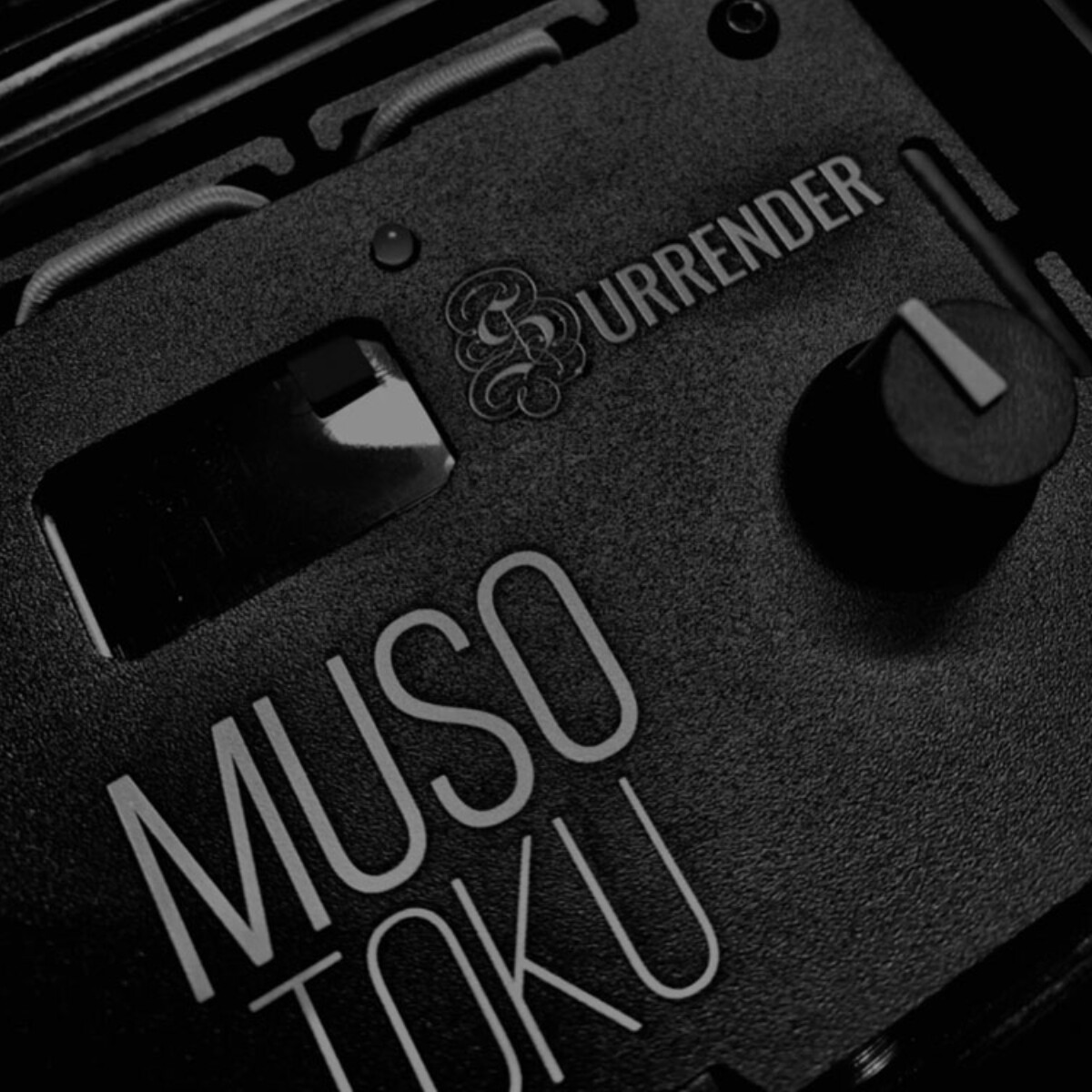
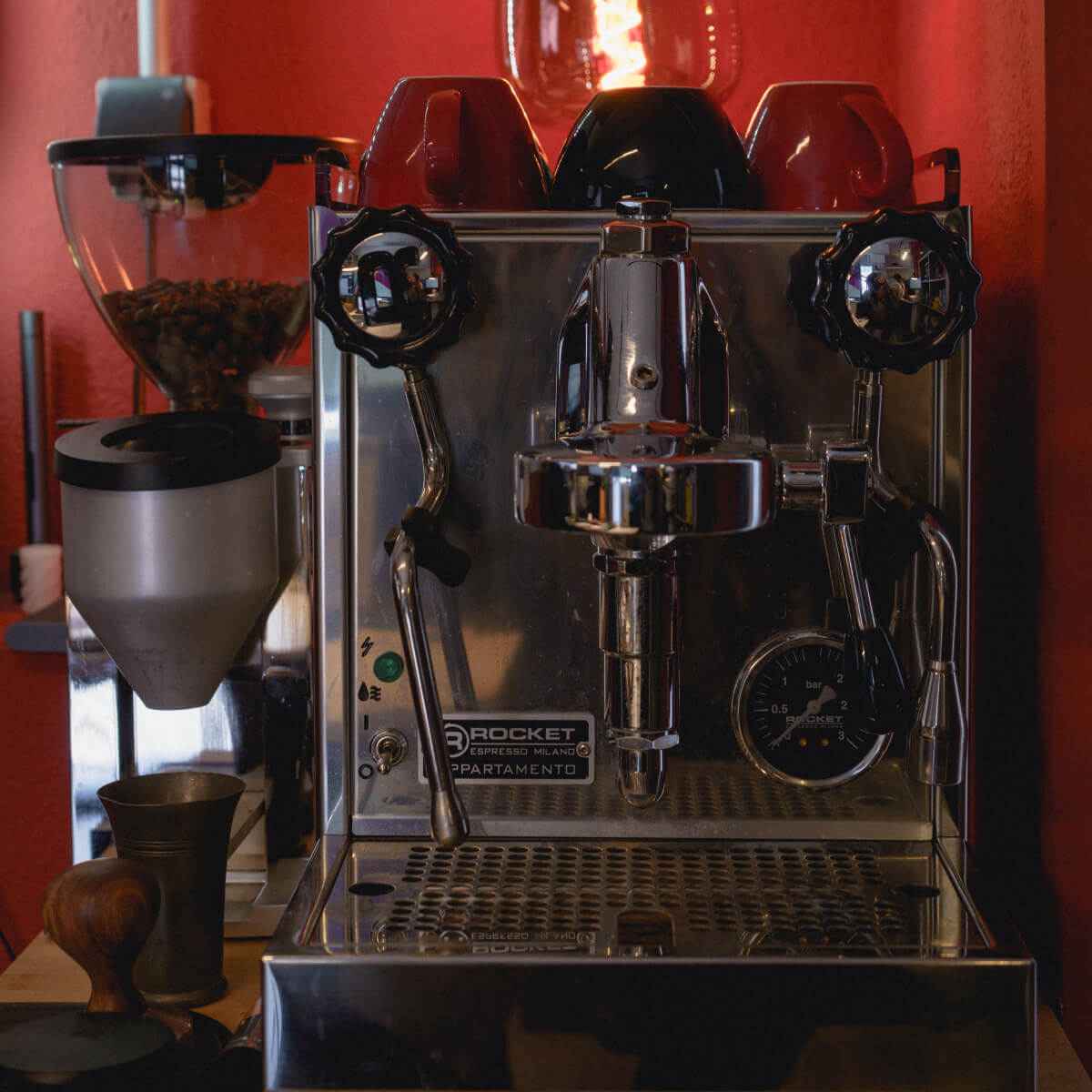
What is your passion in life?
I think creating inventions is what I like to do the most, and thanks to Musotoku I can dedicate myself fully to it.
Skateboarding has taken up a large part of my life, and I'm still skating today. It connects me with the street and the ground.
And finally, specialty coffee. I'm a true coffee nerd and I love the ritual of grinding my coffee by hand and taking my time to make a V60 in the morning. When I go to a tattoo convention, the only tourism I do in the city is to visit specialty coffee shops that I have researched before arriving.
How many tattoos do you have?
My personal favourite is traditional style. For me, tattooing is loaded with an almost religious symbolism, and I only get a tattoo when I feel the time is right. I have two tattoos on my right arm: a robin and a dragon. I already have the next two planned, I'm just waiting for the right moment to do it: I like to let destiny set the tone.
Have you invented anything else?
Yes! When I worked for Siemens I developed several patents to measure the speed of trains and locate beacons on the track. Just a few weeks ago I finished developing a new invention to study how tattoo machines start, and to be able to see millisecond by millisecond how speed and power change: it's like having a time microscope that allows you to see the behaviour of machine. We have already found out things that we did not expect from engines thanks to this invention.
Can you tell us about the Musotoku team and how you came together?
We are a very small team. Except for one of the members, the team are friends of friends who have joined us as we became a bigger company.
But not everything has always been easy. It took a while to find the right people. We have had people who left because they couldn’t understand the project as others do. Each one of us, without exception, believes in Musotoku as a mission, and feels pride in what we do.
What is next for Musotoku?
We have been working a lot during this last year on a battery pack for a tattoo machine, and we hope to be able to release it before the summer. This is proving to be a very important project for us because we are convinced that the tattoo industry is going to go down this path.
However, we are also very aware that batteries have brought new problems too, so we see how tattooists get frustrated because they are forced to accept these new problems such as loss of power in their machines, or lack of control over the settings.
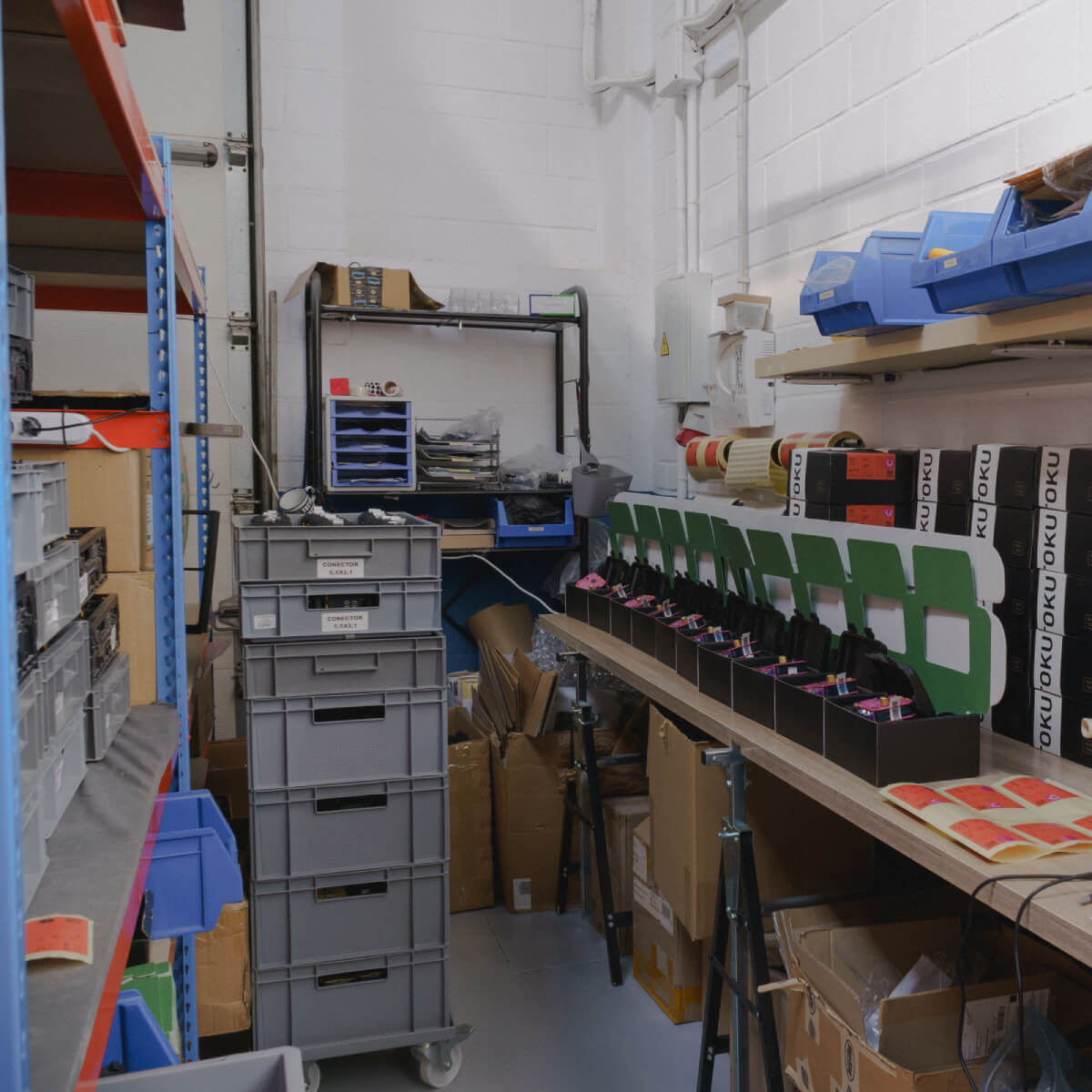
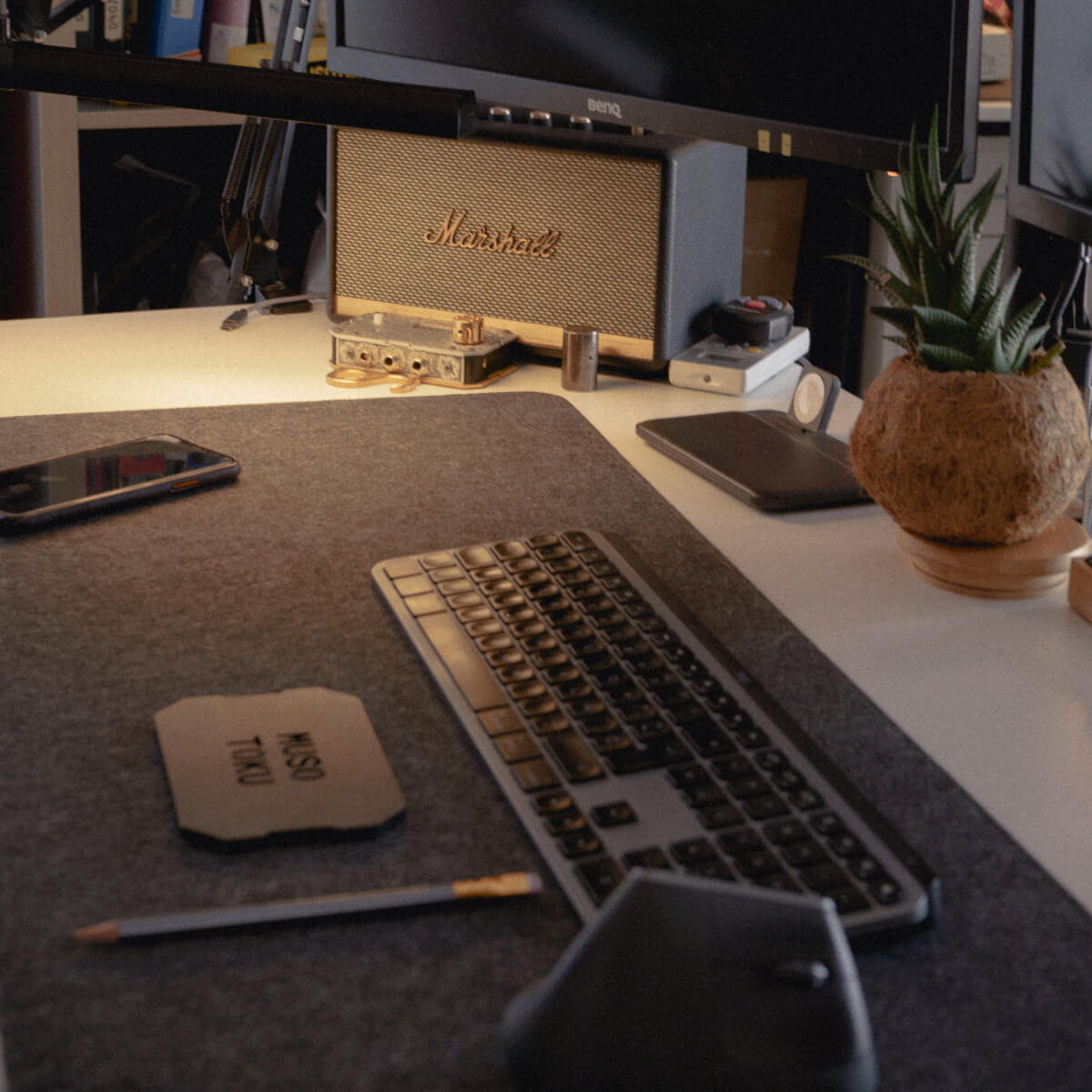
Thank you to David Barroso for the fascinating stories behind the Musotoku brand! You can find Musotoku on Facebook and Instagram for the latest product updates, and make sure to grab yourself a Musotoku power supply from our online shop!

